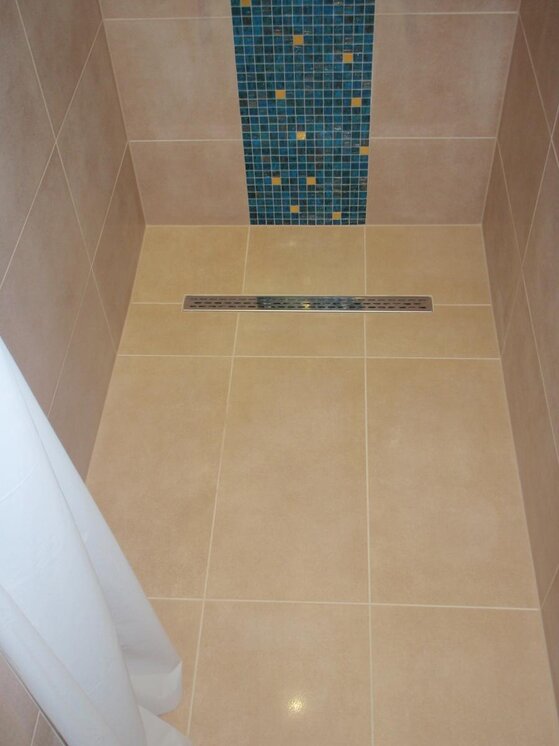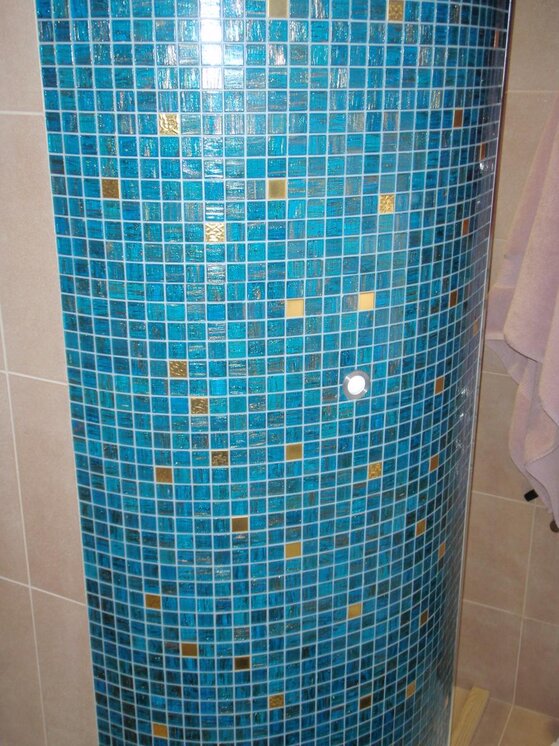BS 5385
The use of sheets and boards that are subject to movement from changes in moisture content, e.g. wood-based materials such as plywood, chipboard, wood particle boards, etc. should be avoided if at all possible. If such boards have to be used they should be restricted to small areas and tiles should not bridge joints between boards. It is good practice to seal all exposed edges and the backs, but not the faces, of such boards with a suitable sealer to prevent distortion by atmospheric humidity changes. Care should be taken to ensure such boards are not installed in a condition where their moisture content is higher than the ambient equilibrium moisture content once the tiled installation is in use. Failure to observe this can lead to subsequent warping and distortion of the boards with consequent cracking and delamination of the tiling.


